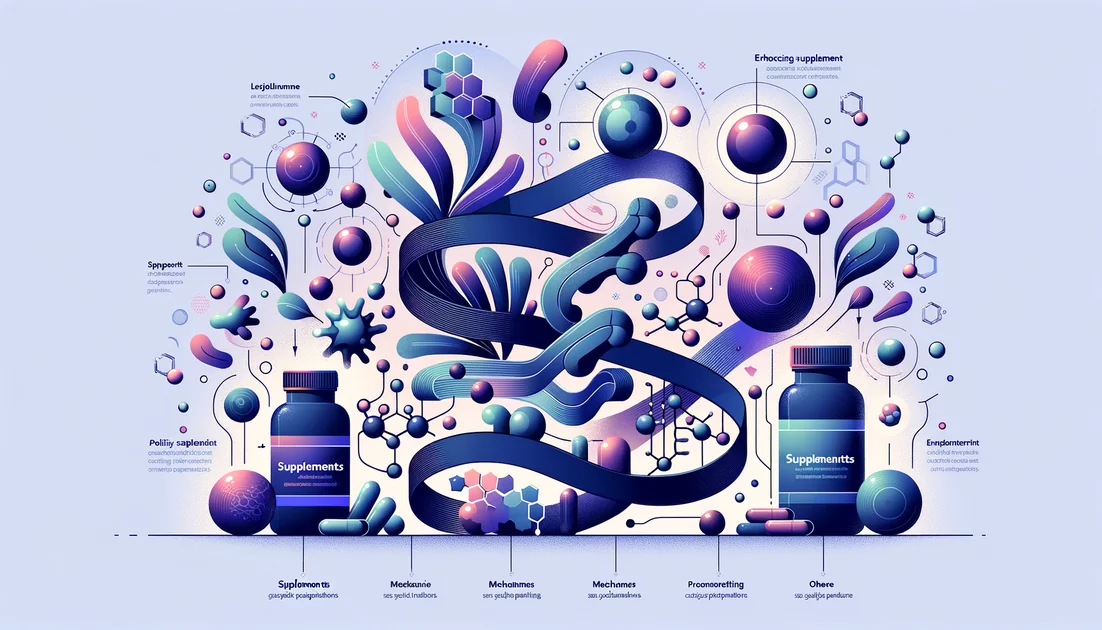
Liposomal Vitamin C vs Standard Vitamin C (Absorption)
For maximizing absorption per dose, choose liposomal vitamin C; RCTs show higher plasma and leukocyte exposure vs standard tablets at the same milligram dose. For value at routine intakes, standard vitamin C suffices—split doses if needed. [1][2][9]
Two human trials indicate liposomal vitamin C yields higher plasma AUC/Cmax (≈20–30% in a 2024 double-blind RCT; ~1.8× bioavailability in a 2020 crossover study) than standard ascorbic acid at equal doses, including greater leukocyte uptake—an absorption surrogate relevant to immune cells. However, oral vitamin C shows tight, saturable kinetics; divided standard doses can achieve near-maximal plasma levels for most needs at far lower cost. Pick liposomal when you want the most uptake from a single dose or have GI tolerance issues; pick standard when cost and simplicity matter and you can dose 1–3×/day. [1][2][6][7][9]
The Comparison
Standardization: Typically sodium ascorbate encapsulated in phospholipids (often soy phosphatidylcholine); encapsulation efficiency varies by product; no harmonized USP spec for liposomal supplements.
Dosage: 500–1,000 mg vitamin C per serving; often with ~1,000 mg phospholipids (≈500 mg phosphatidylcholine) per 1,000 mg C
Benefits
- •Higher plasma and leukocyte exposure vs non-liposomal at equal dose in RCTs
- •Potentially gentler on GI at higher doses due to encapsulation
Drawbacks
- •Higher cost; manufacturing/stability variability
- •Encapsulation quality not consistently disclosed or standardized
Safety:Same vitamin C safety profile; watch total daily intake and sodium content in sodium ascorbate products.
BStandard Vitamin C (ascorbic acid; tablets/capsules)
Standardization: Meets compendial monographs (e.g., USP) for identity/purity; many products are third-party verified.
Dosage: 250–1,000 mg per serving
Benefits
- •Low cost; widely available
- •Well-characterized PK with predictable saturation kinetics
Drawbacks
- •GI upset at high single doses; absorption fraction declines as dose rises
Safety:Adhere to UL (2,000 mg/day for adults). Divide doses to improve tolerance.
Head-to-Head Analysis
Absorption into plasma (AUC/Cmax) Critical
Winner:Liposomal Vitamin C (liposome-encapsulated ascorbic acid)• Importance: high
Leukocyte uptake (surrogate for tissue delivery) Critical
Winner:Liposomal Vitamin C (liposome-encapsulated ascorbic acid)• Importance: high
Same RCT showed higher leukocyte Cmax (+20%) and AUC (+8%) with liposomal vs standard at 500 mg. [1]
Onset/time-to-peak
Winner:Tie• Importance: medium
Performance at higher single doses Critical
Winner:Liposomal Vitamin C (liposome-encapsulated ascorbic acid)• Importance: high
Effect of divided dosing (daylong coverage) Critical
Winner:Standard Vitamin C (ascorbic acid; tablets/capsules)• Importance: high
Tolerability (GI) at higher intakes
Winner:Liposomal Vitamin C (liposome-encapsulated ascorbic acid)• Importance: medium
Standardization/consistency
Winner:Standard Vitamin C (ascorbic acid; tablets/capsules)• Importance: medium
Common Questions
Does liposomal vitamin C bypass saturable transporters?
Not fully. Oral vitamin C still shows tight plasma control; liposomes improve exposure but don't reach IV-like levels. [1][7]
If I split standard vitamin C doses, can I match liposomal absorption?
Dividing 200–400 mg/day achieves near-saturated plasma levels at low cost, though single-dose liposomal still shows higher exposure per dose. [1][6]
Are liposomal products standardized?
No universal standard for encapsulation efficiency exists in supplements; check brands that disclose phospholipid content and testing. [3][11]
Is leukocyte vitamin C a better marker than plasma?
It may track tissue status but is harder to measure reliably in practice. [9]
Which Should You Choose?
Single daily dose for maximal uptake (can't split doses)
Choose:Liposomal Vitamin C (liposome-encapsulated ascorbic acid)
Budget-friendly daily support with ability to dose 1–3×/day
Choose:Standard Vitamin C (ascorbic acid; tablets/capsules)
History of GI upset with high-dose tablets
Choose:Liposomal Vitamin C (liposome-encapsulated ascorbic acid)
Quality/assay transparency priority (e.g., USP, label claim)
Choose:Standard Vitamin C (ascorbic acid; tablets/capsules)
Need for leukocyte repletion proxy (e.g., during intense training/travel)
Choose:Liposomal Vitamin C (liposome-encapsulated ascorbic acid)
Liposomal showed higher leukocyte vitamin C exposure vs standard at the same dose. [1]
You might also like
Explore more of our evidence-led investigations, comparisons, and guides across every article style.

XYMOGEN
XYMOGEN's practitioner paradox: testing-forward and tool-rich—now selling direct to consumers

Whey protein (concentrate/isolate/hydrolysate) vs Plant protein (pea/soy/rice blends)
Pick whey if you want the most leucine and lean-mass support per scoop and you tolerate dairy; pick plant protein if you're vegan/dairy-sensitive—just use a blend or slightly larger dose to match leucine.

Best for Bone health (prevention of bone loss, fractures)
Vitamin K2 (MK-7) 180 mcg/day

Coenzyme Q10 (CoQ10)
A young biochemist peered into a test tube of beef-heart extract and saw yellow crystals that would help explain how cells make energy—and later stir hope, debate, and a few surprises.


Tocotrienols
The stealthier cousins of vitamin E—built with springy tails that move differently in cell membranes and behave differently in your body.


